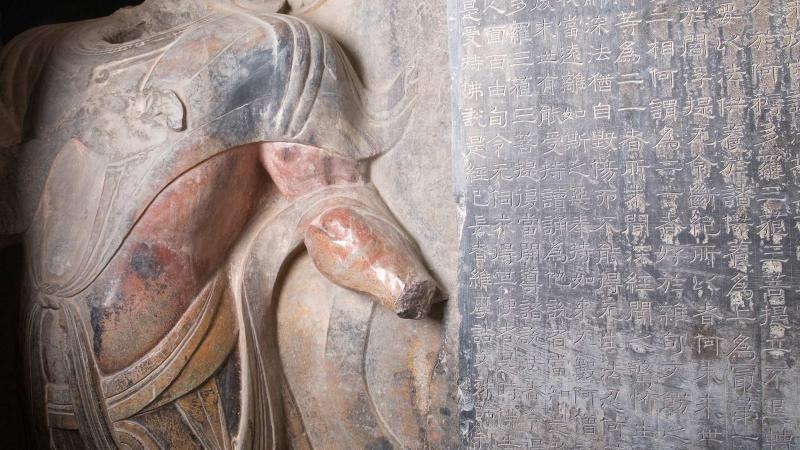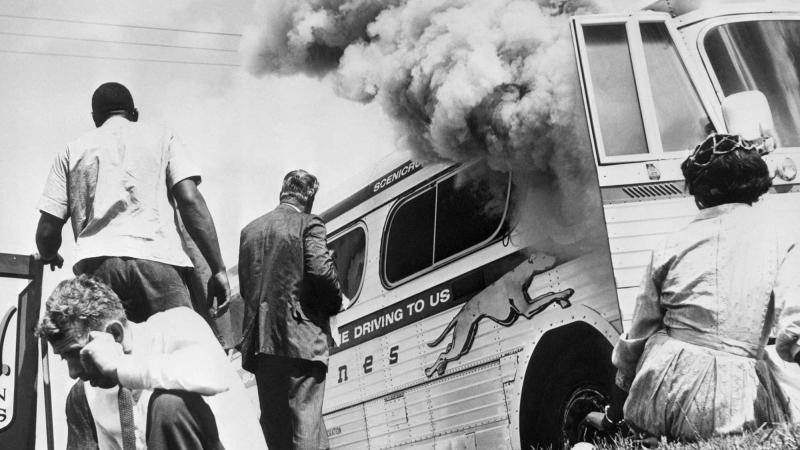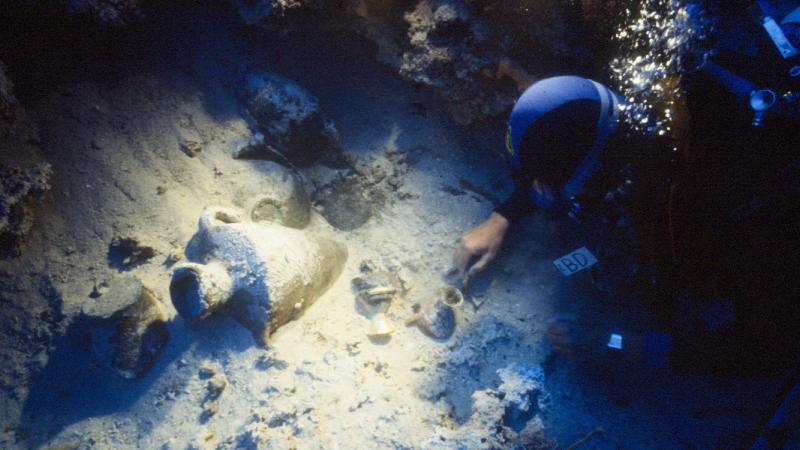There is a certain sort of reader who likes to read the end of a book first. In the case of fiction, one might be relieved of any nasty plot surprises. In the case of nonfiction, a premature end run allows one to see the bones of the book: the index, the endnotes, and the bibliography. For anyone who hasn’t started a book from the back, a maiden voyage with the Dictionary of American Regional English (DARE) would be a most satisfactory introduction.
DARE is exactly what its title says it is: It aims to, and does discover, pin down, and define the enormous breadth of regional words and phrases found across our country. The tens of thousands of entries in this book are the result of more than 50 years of labor by dedicated researchers funded by 24 NEH grants since 1976 totaling $11,390,462. It would be easy to lose oneself for hours in the advanced search function of its website, which allows one to look through any part of the dictionary—searching, for instance, in the definitions or etymologies, or in a particular region, or social register (such as Southwestern Alaska, or words more frequently used by women). But what if you don't yet know what you're looking for? Browse the end: the bibliography.
The DARE bibliography is massive, with almost 13,000 listed sources. Each one gives links to all the headwords for which the source provides citations. It is impossible, when coming across the listing for Berrien McPherson Zettler’s War Stories and School-Day Incidents for the Children, not to wonder what words from that curiously titled book are in this dictionary. (They are syrup house, the building where cane or sorghum juice is boiled down, and streak of lean, the middle part of a side of meat.)
The lucky bibliography browser might find such textual gems as “sleepy, ignorant mullet-headed looking wretches” by clicking on the link to the Quindaro Chindowan, a 19th-century abolitionist newspaper published in Kansas. Click on the entry for The Life of Andrew Jackson, an 1834 biography of our seventh president written by a semiliterate and pseudonymous author, and you will find such words as abel-wackit, chawbacon, flabagate, jimberjaw, and slommack (a light blow, a rustic or hick, to confuse, back talk, and a slovenly person, respectively).
The linguistic riches that came from plumbing the bibliography of the North American written record should in no way overshadow the other methods that DARE researchers employed when cataloging our language. The project initially had a team of more than 80 fieldworkers who spent 6 years traveling the country (often in vans referred to as “Word Wagons”), during which time they interviewed almost 3,000 people in more than 1,000 geographically distinct communities. This allowed them to amass data that is notoriously difficult to find in literature; how people actually use language when they are simply speaking.
DARE’s bibliography reflects a similar aim to examine language beyond what we might find solely in great books. There is material from unpublished letters to the New York Times, prison diaries, academic treatises, etiquette books, the Hawaiian Seafood Buyers Guide, and hundreds upon hundreds of other overlooked, fascinating tomes.
The bibliography of DARE gives a view of the historical and regional range found in that dictionary. Browsing through it is a fine way to immerse yourself in branches of our common language.
Written by Ammon Shea, author of Reading the OED and coauthor of Depraved and Insulting English.


